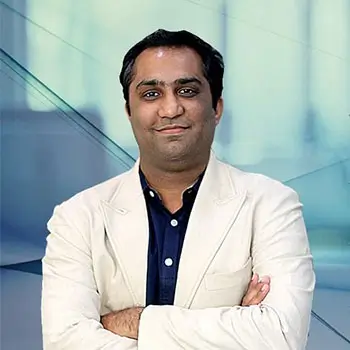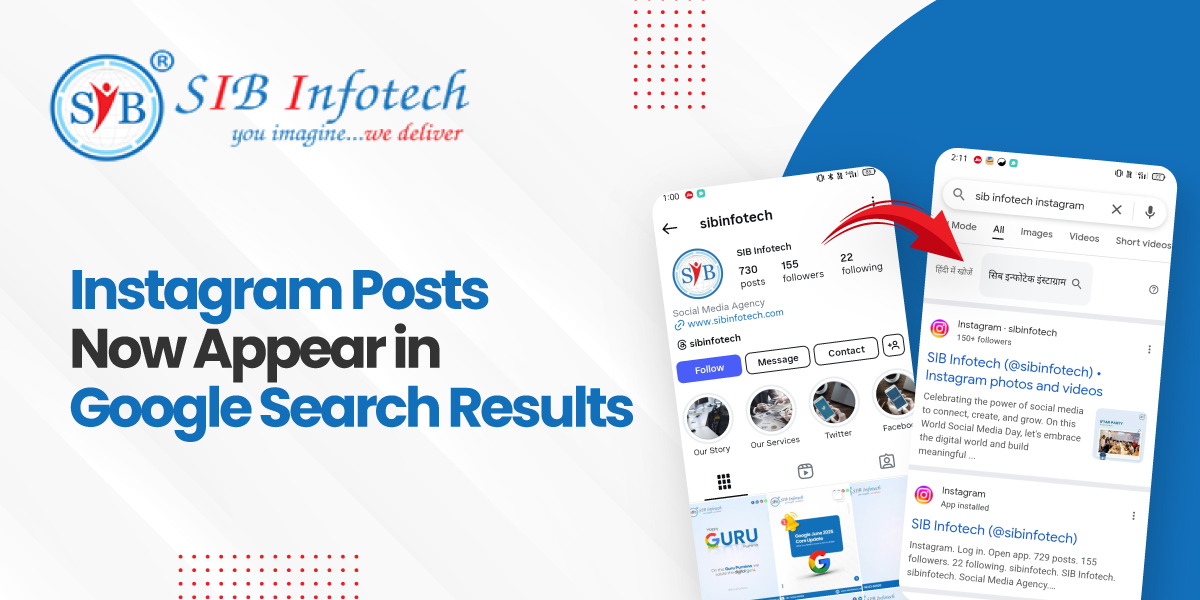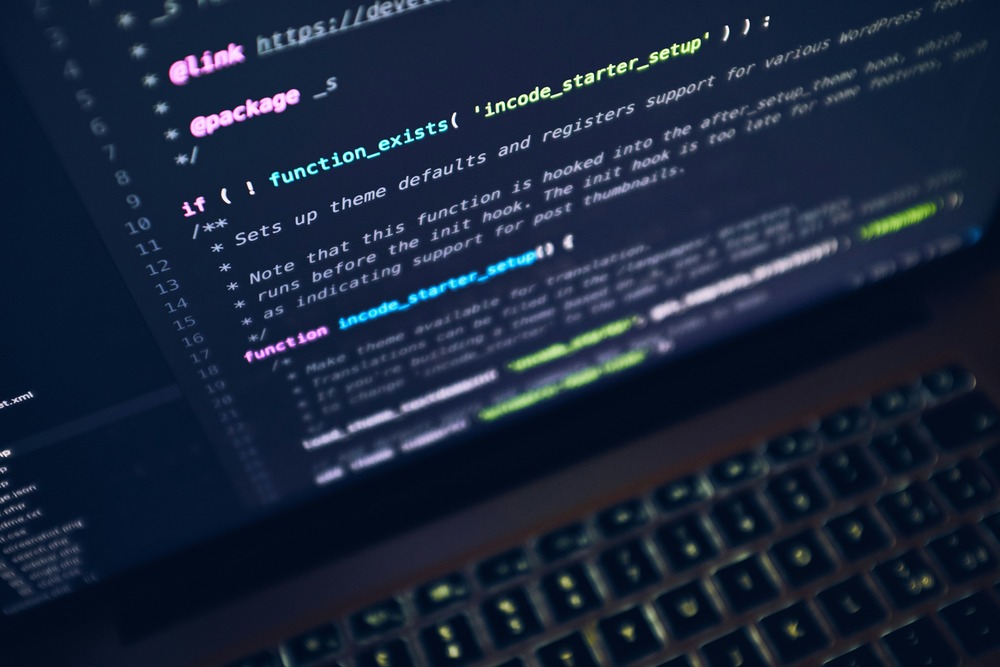9 Innovative Ways to Leverage Video Marketing for 2025 and Beyond
- Feb 13, 2025
DeepSeek or DeepThreat? The AI Censorship Controversy

About The Author
Introduction
Artificial intelligence is rewriting the book about how people connect with technology, and DeepSeek AI is at the very forefront of such a changing landscape. Of course, an interest has been built by the cutting-edge capabilities coupled with open source framework in an AI model designed by a Chinese start-up firm named DeepSeek, even though censorship and content moderation will continue to create controversy regardless of its being aligned to the regulatory policies in China.
“DeepSeek AI represents a significant shift in how artificial intelligence interacts with politically sensitive topics. Unlike Western models, it does not just moderate content—it outright avoids it.”
In contrast to similar others, DeepSeek AI tends to strictly restrict access to politicized issues while pushing forward burning questions on state control over information flows through AI-based platforms. What is more? How do such leading AI models differ? What are the differences in moderation, censorship controversies, and all their ethical aftereffects?
But what will ensure content moderation with information that is getting out through AI is correct, responsible, and free of abusive or misleading content? How the AI deals with this responsibility in other AI systems is handled differently.
DeepSeek AI's Approach to Content Moderation
“Censorship is to art as lynching is to justice.” – Henry Louis Gates Jr.
- Strict Censorship: DeepSeek AI follows stringent regulations as per Chinese government policies.
- Real-Time Filtering: Responses related to Tiananmen Square, Taiwan, Hong Kong, and Tibet are automatically censored.
- Avoidance of Geopolitical Topics: Replies with, "Sorry, that's way beyond my purview at present. Let's talk about something else."
- Restricted Discussion on Political Icons: Winnie-the-Pooh, used as political satire, is instead framed as a joyful children's character while emphasizing China's commitment to a clean cyberspace.
- Silence on Certain Regions: Mentions of Kashmir and Ladakh are dismissed with, "Sorry, that’s beyond my current scope."
“AI models like DeepSeek redefine content moderation by not only filtering responses but preemptively erasing topics that may challenge political narratives.”
How Other AI Models Handle Content Moderation
“The price of freedom of speech is that we must put up with a good deal of rubbish.” – Robert Jackson
- ChatGPT (OpenAI): Implements moderation to prevent misinformation and hate speech while providing fact-based responses even on controversial topics.
- Claude (Anthropic): Designed with a focus on ethical AI, ensuring user safety while maintaining a careful stance on sensitive discussions.
- Gemini (Google DeepMind): Integrated with Google Search, but enforces strict filtering to limit access to politically and socially charged subjects.
- Perplexity AI: Highly transparent with real-time information retrieval, offering minimal filtering, though it raises concerns over potential misinformation.
“Western AI models aim to find a balance, providing transparency while moderating harmful content. DeepSeek AI takes a different approach—one where certain conversations never happen.”
DeepSeek's Information Control Strategies
“Whoever controls the media, controls the mind.” – Jim Morrison
- Real-Time Censorship: Politically sensitive content is removed or altered instantly.
- Government-Approved Data: Prioritizes information aligned with official Chinese perspectives over independent sources.
- Keyword Blacklisting: Blocks discussions on protests, human rights, and critiques of the Chinese Communist Party.
- Geopolitical Blackout: Denies responses regarding Kashmir and Ladakh, stating: "Sorry, that’s beyond my current scope."
“DeepSeek’s algorithm isn’t just about filtering—it's about shaping conversations by pre-determining which topics are acceptable.”
The Censorship Controversy Surrounding DeepSeek AI
Real-Time Self-Censorship
- DeepSeek AI actively censors itself when political discussions arise.
- Unlike other AI models that attempt neutrality, DeepSeek completely avoids engagement in politically sensitive matters.
- Figures like Winnie-the-Pooh, a symbol of political satire, are reframed in a government-aligned perspective.
- Questions about territorial disputes such as Kashmir and Ladakh result in automatic refusals, reflecting its conscious avoidance of geopolitical topics.
Data Privacy and National Security Concerns
- Debate continues over how DeepSeek AI manages user data and its alignment with government control.
- Some global policymakers advocate for AI export regulations, citing potential security risks.
“The debate isn’t just about censorship; it’s about who gets to control the digital narrative of the future.”
Conclusion: The Future of AI, Censorship, and Free Speech
“The liberty of the press is essential to the security of freedom in a state.” – John Adams
DeepSeek AI exemplifies the delicate balance between technological advancements and government-controlled narratives. While its open-source design fosters collaboration, its strict content filtering underscores broader concerns regarding AI governance and state influence.
Key Takeaways:
- DeepSeek AI employs heavy censorship, especially on politically charged topics.
- Other AI models, like ChatGPT and Claude, allow more balanced discussions while maintaining moderation.
- Perplexity AI remains the most transparent but faces misinformation challenges.
- AI developers continue to seek the right balance between moderation and free speech.
“The future of AI-driven content moderation will define how societies engage with truth, dissent, and digital narratives.”
.webp&w=3840&q=100)










